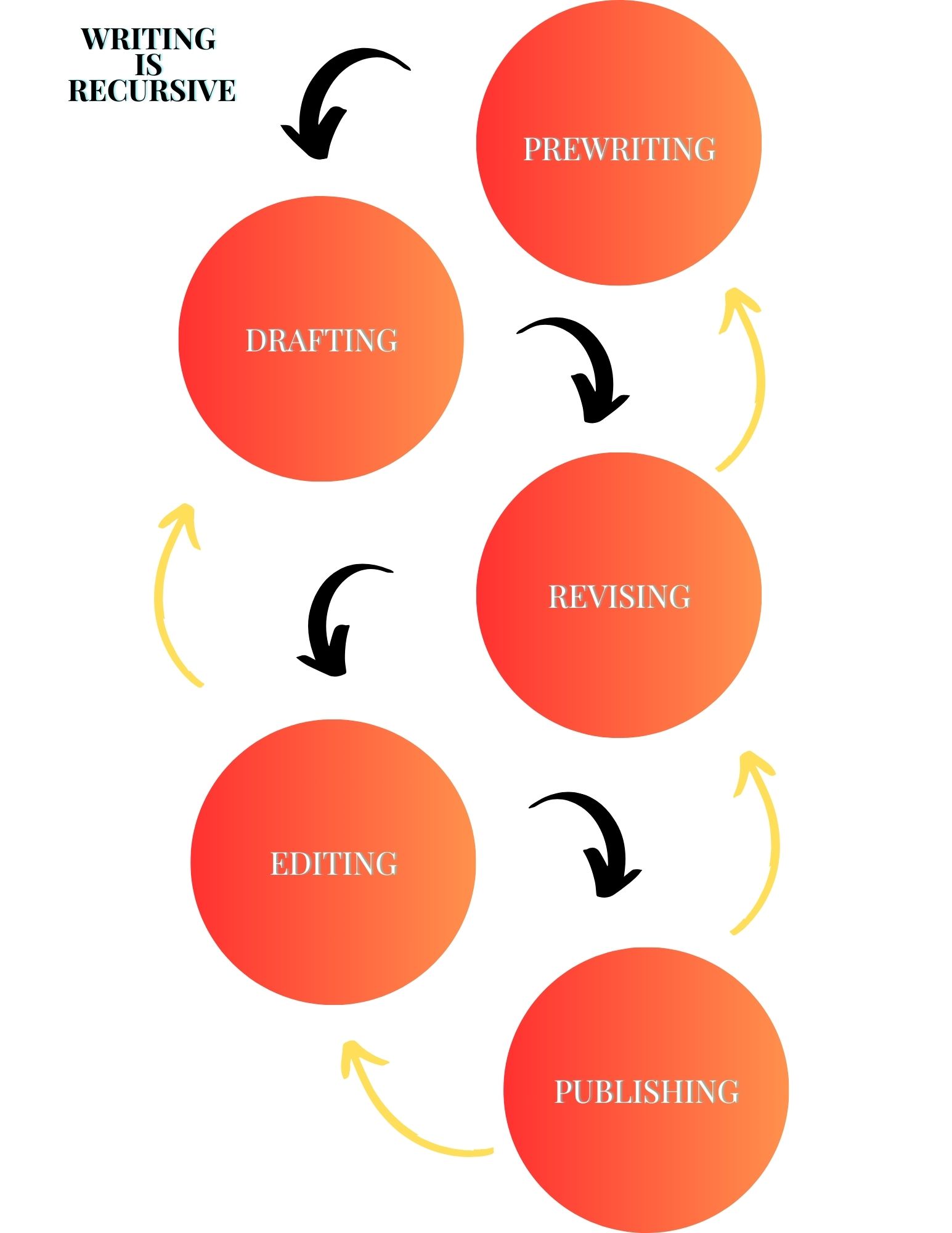Figurative language encompasses all those types of expressions that create images in our brains when we read them. As such, figurative language has the ability to convey a lot information in simpler, more relatable terms. Today, we are going to define figurative language so we can employ it in our own writing.
Defining Figurative Language
Figurative language is language that is to be taken nonliterally in writing or everyday speech. In other words, it shouldn’t be taken seriously. Mostly, figurative language acts as expressions or figures of speech meant to convey a specific message by relating what you are describing to something else.
Types of Figurative Language
There are many types of figurative language to consider when trying to spruce up your writing.
- Simile: A simile (in its simplest and most elementary sense) is a comparison using the words “like” or “as” to conjure a visual image in one’s brain.
- Metaphor: Metaphors act like similes without using the words “like” or “as,” which in its most rudimentary sense is a direct comparison of two to conjure those visual images.
- Hyperbole: An exaggeration for effect, such as saying, “My backpack weighs a ton!” Your backpack can’t weigh a ton, so it’s an exaggeration to let us know that it’s very heavy.
- Idiom: An idiom is a common expression not mean to be taken literally. If you are very hungry, for example, you might say, “I could eat a horse,” to let us know you could it a lot if given the chance.
- Personification: Personification is when you give an inanimate object human characteristics. “The trees danced,” implies that the trees are moving in the wind, not that they have their boogie shoes ready to go.
- Alliteration: Alliteration is the repetition of the first letter of a series of words. “Peter Piper picked a peck of pickled peppers,” is an example of alliteration as it repeats the “p” sound.
- Onomatopoeia: Onomatopoeia is the sound effect a word makes. “Boom!” “Pow” “Pop” or “Buzz” all tell us what a word sounds like, so there for it is onomatopoeic.
These are a few of the types of figurative language you can use in your own writing! But there are more!
Conclusion
In defining figurative language, we can see that it is nonliteral language that compares two or more things to convey a complex message more directly. Likewise, there are many types of figurative language to use in order to accomplish this feat. Using the right type of figurative language at the right time can dramatically impact your meaning and leave a reader with a greater sense of what you are describing. Hopefully, learning about figurative language will help your future adventure into the realms of poetry!







